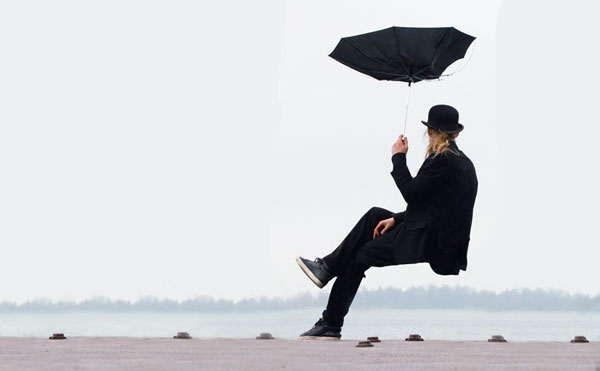Thank you to Joan Leach for providing us with the President’s update.
I’m writing this ‘on deadline’ for the editor of SCOPE as I needed her to ‘just give me a few more days’. The reason for this wasn’t entirely the usual pressure of work, but rather the moribund state into which I fell after the Commonwealth Budget was delivered. My worry stems from the emails, the social media, the analyses that I’m trying to get my head around. I have shaken this off and had the opportunity to talk with a range of ASC members. Of course, the budget plans are not yet finalised and there are many uncertainties. We’ve started collecting views and experiences of members on our new ‘members only’ LinkedIn pages; there are also some good links on the open LinkedIn group to impassioned responses from our science sector. Please get online, join us on LinkedIn and help me (and the rest of the ASC) make sense to any impending impacts (positive or negative) you see in your area/organisation/sector. I’ll be advocating as loudly as I possibly can for science communication and for science communicators.
In the short term, I’m going to follow some inspiring advice I heard last week at the “Women in Science Communication Breakfast” in Brisbane, organised by Pahia Cooper for the SE Qld branch. Professor Suzanne Miller, CEO of Queensland Museum and Director of the Queensland Museum Network very wisely talked about the need to keep pushing the ‘value proposition’ of science communication. The political and institutional contexts of our work change. That doesn’t mean that our work no longer has value; it means that we need to re-interpret our value for these changed contexts. She said that she makes it a priority that each week there is some ‘story’ about her work context that articulates the value of what her team does. Now, of course, ‘good news’ stories can make their way in the world quite readily. But, even complex and difficult stories about our work can articulate the value of science communication.

